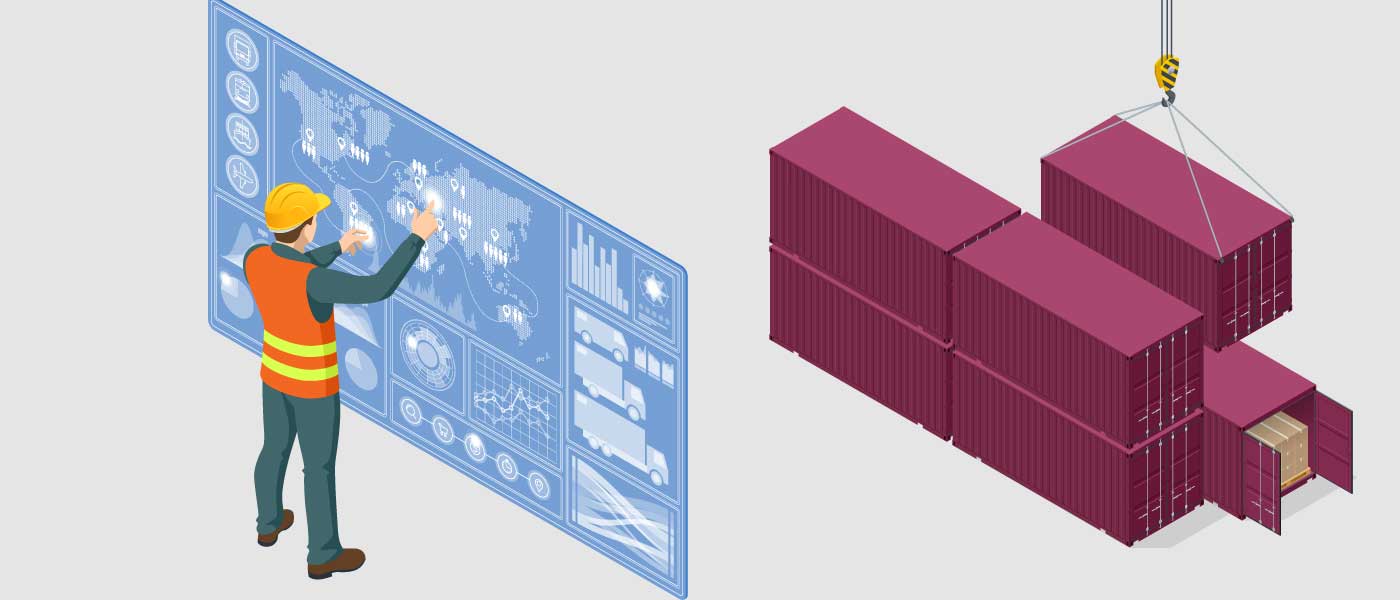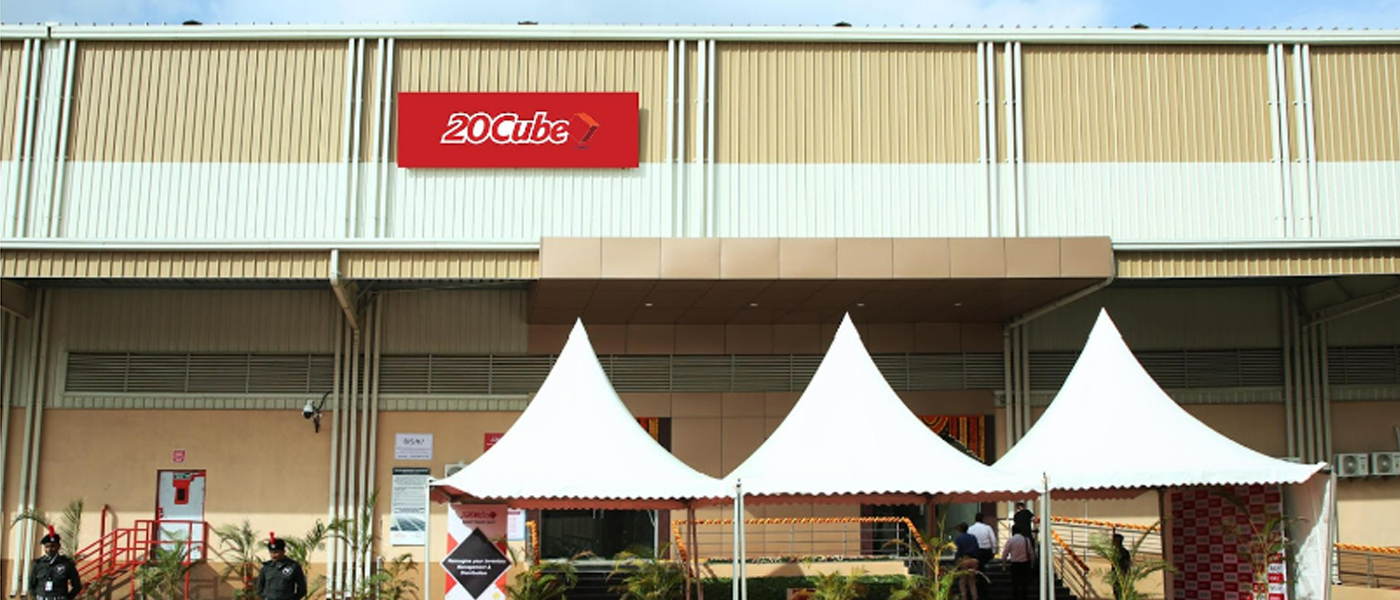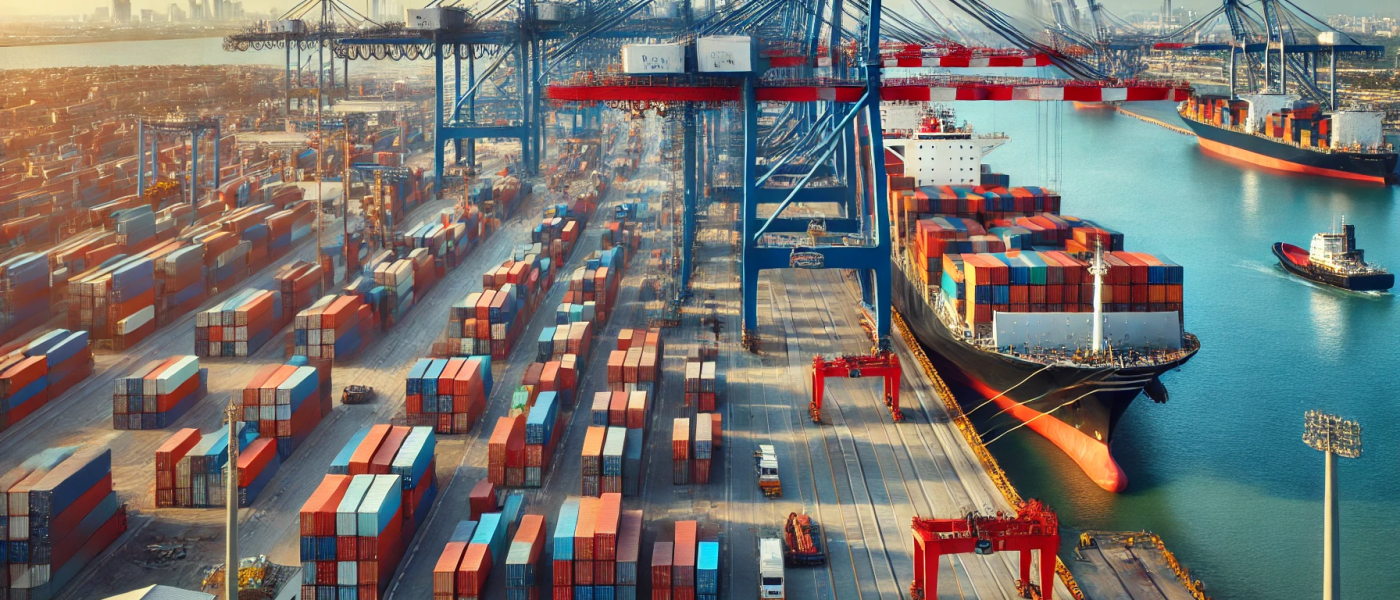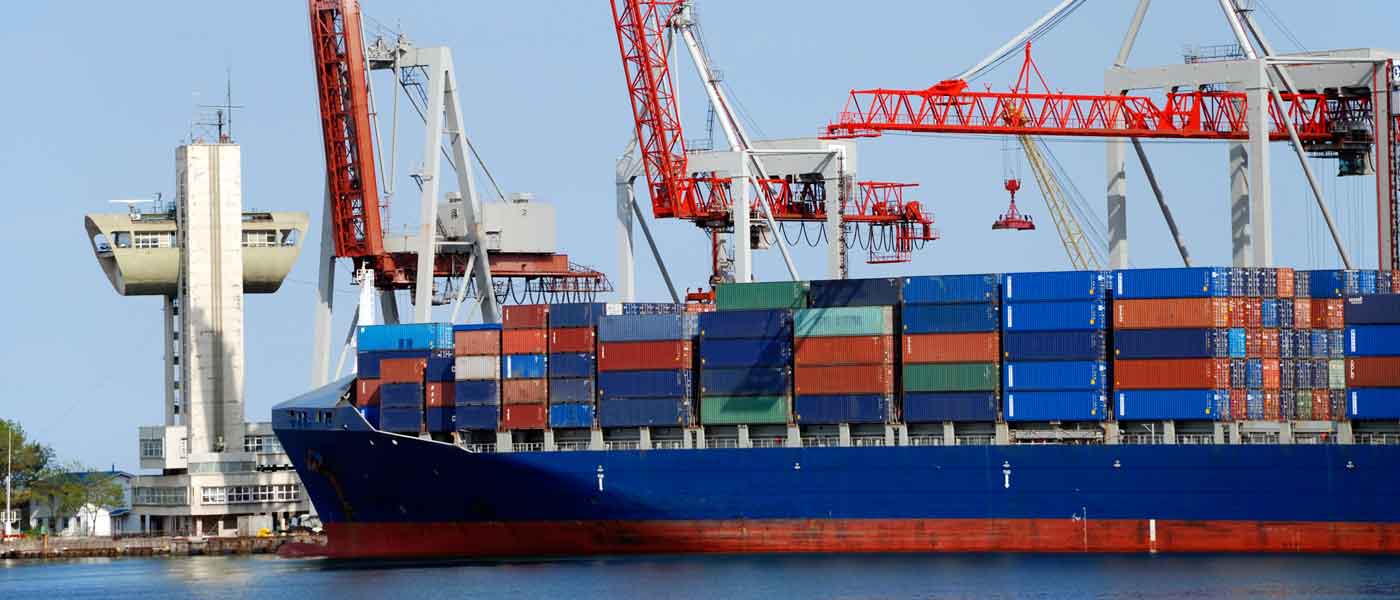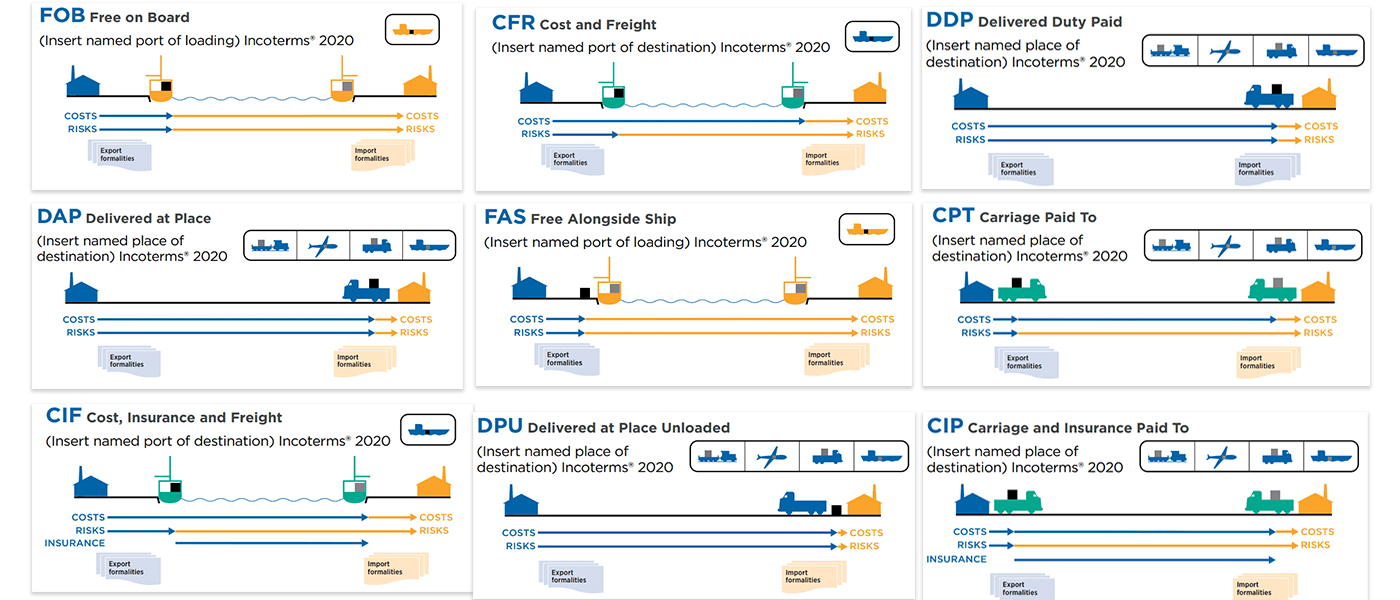Blogs
Supply Chain Learning Guaranteed
Blog
View all
All
News
Blog
May 16, 2025
The Suez Canal Authority (SCA) has announced a 15% rebate on transit tolls for large container ships, came into effect from 15 May for a…
May 16, 2025
In a fresh diplomatic fallout, India and Pakistan have imposed reciprocal bans on cargo shipments passing through their ocean gateways—disrupting regional trade and alarming the…
May 16, 2025
Congestion at Northern European ports is reaching a critical point, and recent strikes at the Port of Antwerp-Bruges have only made things worse. Even before…
By 20Cube
May 15, 2025
In the global trade battlefield, shipment operational efficiency is the critical factor that allows a business to operate in foreign markets with the same agility…
By 20Cube
May 12, 2025
Trans-Pacific Freight Disruptions Unfold – What’s Next for Australian Trade? On 3 April 2025, the Australian public was notified by DFAT that a sweeping 10%…
April 29, 2025
Drewry, a leading maritime consultancy, has cautioned that blank sailings are merely a "stop-gap solution" for container carriers grappling with severe tonnage oversupply and dwindling…
Grade A warehouses are rapidly evolving, driven by the integration of advanced technologies and adherence to stringent industry standards. This…
China continues to reinforce its position as a global leader in container shipping, with an impressive performance in the first…
In the world of logistics, we often use a few words interchangeably, even without understanding its concepts. Two such words…
Port congestion has become a growing concern in global trade, affecting the supply chain, causing delays, and increasing costs. This…
The last mile delivery is the final stage of the supply chain logistics industry, crucial for ensuring on-time delivery. However,…
The import and export process requires expertise to ensure cost-effective, timely entry into the market, under conditions that conform to…

